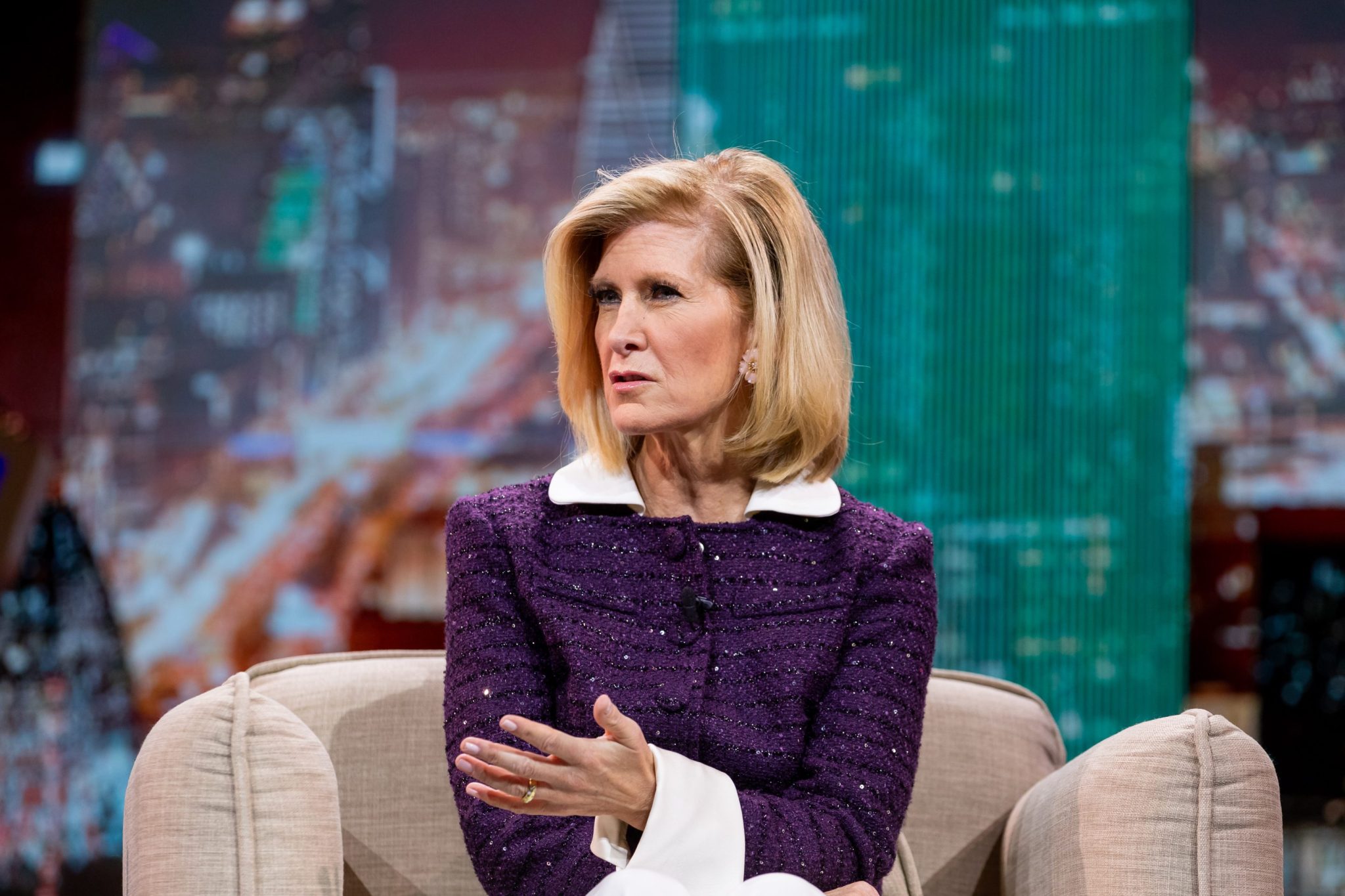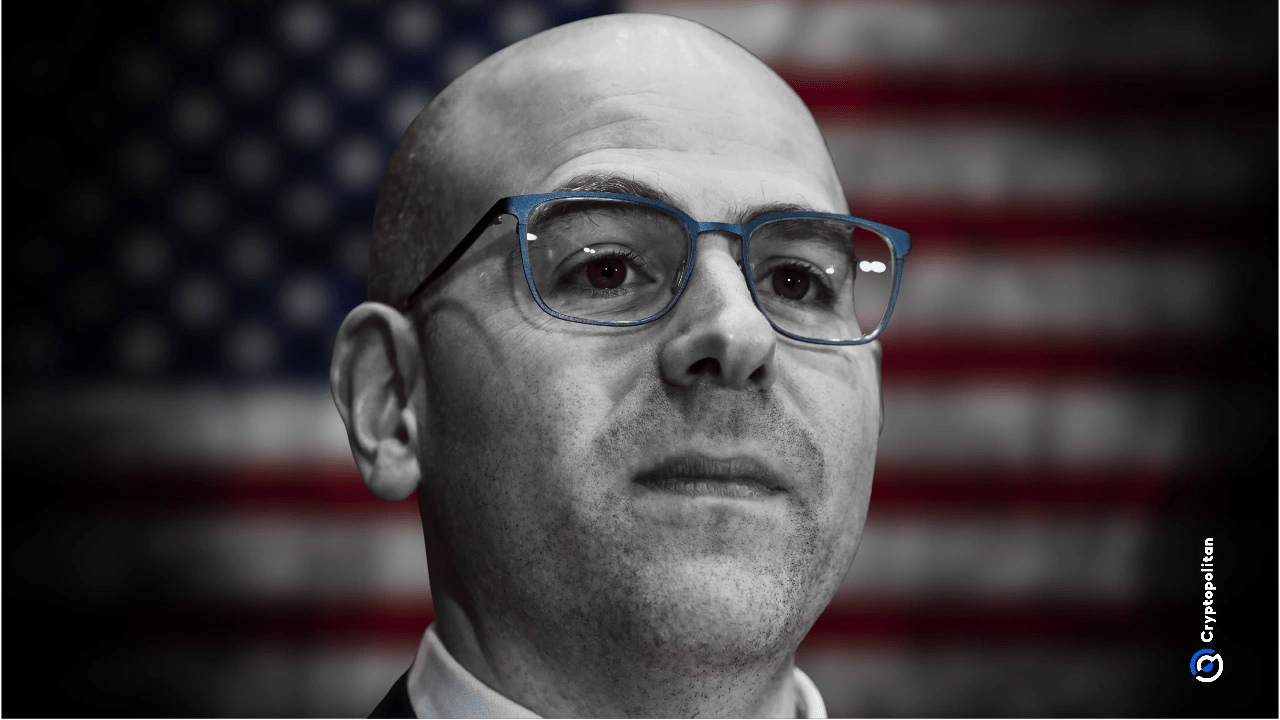Valuations are being pulled into the limelight as a result, with the S&P 500 currently sitting at a PE ratio of 31.50. Bearish analysts worry that share prices have spiraled beyond their true potential.
At the Fortune Global Forum in Riyadh on Monday, Mary Callahan Erdoes, CEO of JPMorgan’s asset and wealth management business, argued that some AI stocks have “a little too much concentration.” However, she emphasized that this concern doesn’t detract from the potential of AI technology itself.
“Everyone says: ‘Is there an AI bubble?’ That’s like saying: ‘Is there a computer bubble?’ That’s a crazy question,” Callahan Erdoes explained. She added, “AI has not even been deployed anywhere to the extent that it will be. Less than 10% of companies actually say that it’s embedded in the services and the products that they deliver today. There’s an enormous amount of opportunity.”
“That’s why you’re seeing the multiples are the way they are,” she continued. “And the question is how fast will we grow into those multiples? It’s not that the multiples are wrong, they will eventually be right, they may not be right for every company.”
The true benefit of AI is still some way off, expected to materialize when businesses reimagine their ways of working and unlock new efficiencies.
Supporting this optimistic outlook, data from Morgan Stanley highlights the potential scale of AI adoption. A September report found that full AI integration across S&P 500 companies could add up to an annual net benefit of $920 billion.
“In the long term, this potentially translates to a market cap increase of $13 trillion to $16 trillion for the S&P 500 alone, or 24% to 29% from the current level,” the report adds.
Much of the concern around an AI stock bubble is focused on the U.S. market, noted Tan Su Shan, director and CEO of Singapore-based DBS Group. She pointed out that multiples for tech stocks in Asia tend to be lower—for example, Japan’s tech stocks trade at PE ratios between 12 and 14—creating what she called “an AI arbitrage” between Asia and the U.S.
Tan also highlighted that AI use cases in Asia differ from those prioritized in the U.S., concentrating more on small language models and a blend of hardware and software rather than large language models (LLMs).
“Thank God the U.S. market is open, so global clients can participate in the U.S. market and take advantage of the momentum there,” she added.
https://fortune.com/2025/10/28/ai-stock-valuations-jp-morgan-chase-dbs-group/



